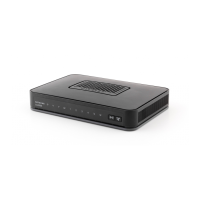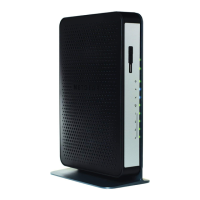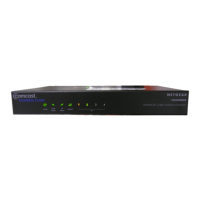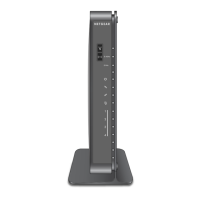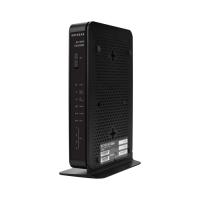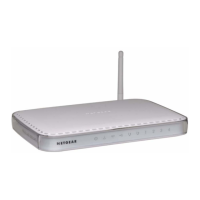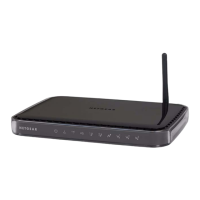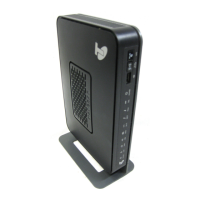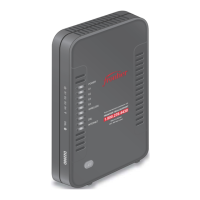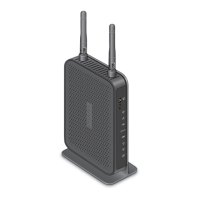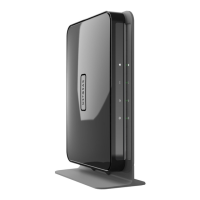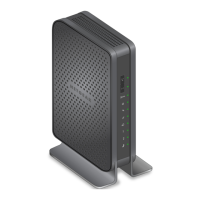
Do you have a question about the NETGEAR CG3700EMR-1CMNDS and is the answer not in the manual?
| Max Upload Speed | 120 Mbps |
|---|---|
| DOCSIS Standard | DOCSIS 3.0 |
| Ethernet Ports | 4 |
| Wi-Fi Standard | 802.11n |
| Wi-Fi Speed | 300 Mbps |
| Dual Band | No |
| USB Ports | 1 |
| Telephone Ports | 2 |
| Device Type | Gateway |
| Security | WPA/WPA2 |
Describes the buttons and status LEDs on the front of the gateway for monitoring.
Details the connections and buttons located on the rear panel of the gateway device.
Explains the unique information found on the gateway's label, such as SSID and WPA key.
Lists approved power supply adapters for the gateway, specifying manufacturers and models.
Provides guidelines for optimal placement of the gateway to ensure the best wireless connection range.
Guides users on how to access and log in to the gateway's web interface for configuration.
Introduces the BASIC and ADVANCED home screens for viewing gateway status and settings.
Instructions on how to connect wireless devices to the gateway's Wi-Fi network.
Monitors the initialization and status of the cable modem connection, including downstream and upstream channels.
Allows users to view and modify basic wireless network settings like SSID and security.
Explains the various fields and options available in the wireless setup screen for configuration.
Details how to change wireless security options and passwords for enhanced network protection.
Visualizes connected devices on the network, showing their IP and MAC addresses.
Displays the current status and details of the gateway's voice connection services.
Configures internet connection settings, including IP addresses and DNS server details.
Manages Wide Area Network settings, including firewall, port scan protection, and DMZ server.
Configures Local Area Network settings, including IP address and DHCP server options.
Sets up TCP/IP parameters and defines the pool of IP addresses for DHCP clients.
Assigns static IP addresses to specific devices on the LAN for consistent network access.
Prevents access to websites by blocking specific keywords or domain names.
Blocks specific internet services or applications by filtering their port numbers.
Configures schedules to block internet access based on days and times.
Displays detailed information about the gateway's hardware, firmware, and connection status.
Sets the gateway to operate as a router or a bridge for network connectivity.
Reviews logs of gateway events, website access, and security-related activities.
Shows a map of connected devices, their IP and MAC addresses, and connection interfaces.
Manages gateway configuration by backing up, restoring, or erasing settings.
Allows users to set a new password for accessing the gateway's administrative interface.
Captures and displays important gateway events for monitoring and troubleshooting.
Provides utilities like Ping, Traceroute, and throughput tests for network analysis.
Views wireless networks in the area and selects optimal channels to reduce interference.
Manages advanced wireless features like WPS settings and wireless access control lists.
Explains features to allow specific incoming traffic to local servers or applications.
Establishes static port mappings to make local servers accessible from the internet.
Dynamically opens ports based on outbound traffic to allow specific applications to function.
Configures Dynamic DNS services to access the gateway using a domain name with a dynamic IP address.
Enables access to the gateway's settings and management features over the internet.
Facilitates automatic device discovery and network connection for UPnP-enabled devices.
Helps diagnose issues by interpreting the status of the gateway's LEDs.
Provides steps to resolve issues preventing users from logging into the gateway's interface.
Addresses problems related to the internet connection and WAN port status.
Uses ping utility to test network reachability and troubleshoot TCP/IP connectivity issues.
Verifies the connectivity between a computer and the gateway on the local network.
Tests the network path from the computer to an external device or server.
